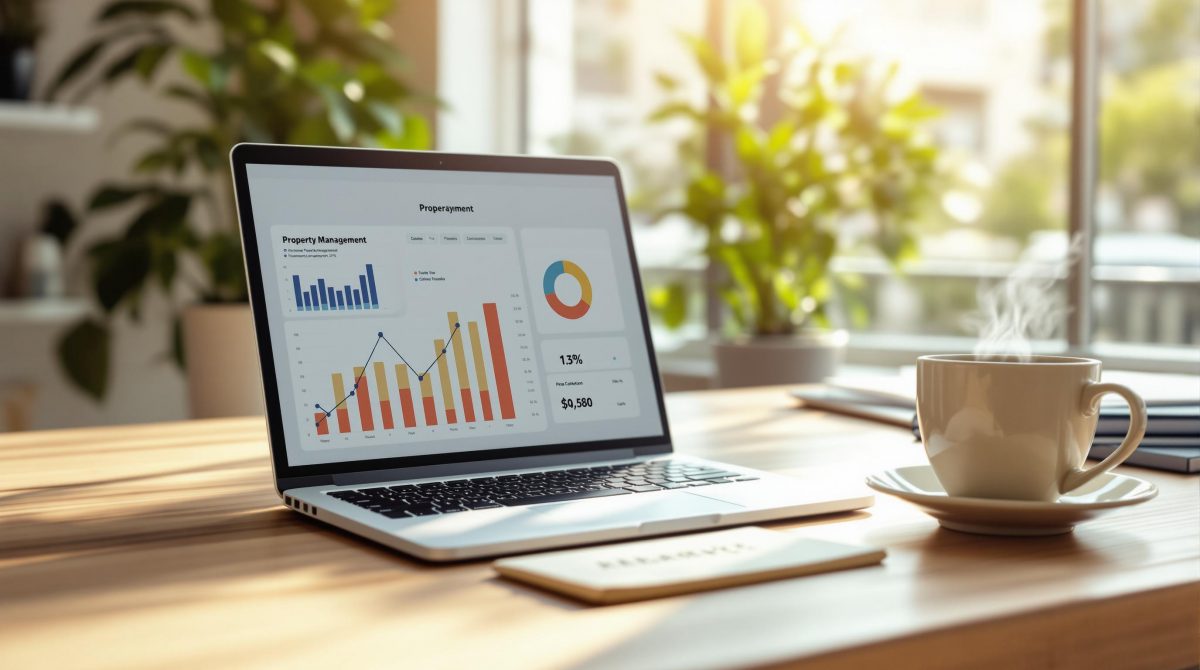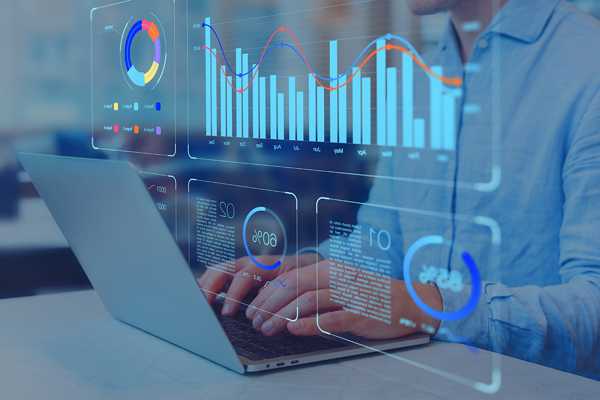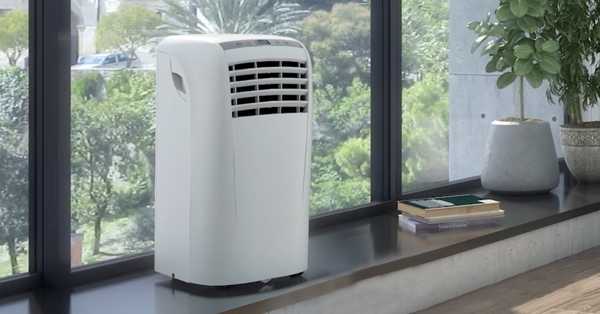Property management systems (PMS) have significantly evolved since their introduction in the late 20th century. Initially designed as basic software to help landlords manage tenant information, rent collection, and maintenance tasks, PMS have embraced advanced technologies over the years.

As businesses and consumer expectations have changed, these systems have incorporated features like online booking and comprehensive customer relationship management tools. In a landscape pushing for increased efficiency, PMS have become indispensable, aiming to streamline daily operations so managers can foster stronger relationships rather than being encumbered by administrative duties.
What is Property Management Software?
Property Management Software (PMS) serves as a digital solution aimed at centralizing the diverse operations of property management. It encompasses several administrative functions, including tenant communication, lease management, and maintenance tracking, all consolidated into a single platform. Key features typically offered by PMS include scheduling tools to efficiently organize appointments and property viewings, advanced communication options to streamline tenant interactions, and robust data analytics that empower property managers to make informed, strategic decisions.
In today’s property management landscape, leveraging technology is critical to increase operational efficiency and feedback mechanisms. PMS solutions facilitate the automation of repetitive, time-consuming tasks, minimizing the risk of human error while providing valuable insights that can optimize workflows. This technological shift allows property managers and owners to focus their efforts on enhancing tenant satisfaction and maximizing property performance, marking a pivotal change towards a more data-centric and efficient industry.
Key Features of Property Management Software
Scheduling and Organization
The ability to manage property maintenance schedules and effective staff shifts is one of the fundamental features enabled by Property Management Software (PMS). With tools designed for this purpose, such as automated maintenance reminders and centralized calendars, property managers can maintain organized records and workflows. This organization transforms operational efficiency; by clearly tracking service schedules and associated responsibilities, property managers can significantly reduce downtime and enhance tenant satisfaction, ultimately leading to smoother property operations.
Monitoring Occupancy Levels
Another vital aspect of PMS is tracking occupancy levels in real-time. This capability allows property managers to understand current occupancy statistics, discern patterns, and predict potential vacancies accurately. This vital data aids in crafting informed decisions related to pricing strategies, marketing efforts, and resource allocation to ensure properties remain competitive and profitable in a constantly evolving market.
Account Management
PMS also streamlines account management by automating invoices, payments, and various accounting functions. By simplifying these financial processes, property managers can efficiently oversee cash flow, significantly reducing human errors and administrative workload. For example, a mid-sized property management firm witnessed a 40% reduction in late payments after adopting PMS. The automation of billing and reminder systems showcases how effective account management contributes to enhanced financial health. Increasing operational productivity not only boosts efficiency but also elevates the experience for tenants.
Benefits of Using Property Management Software
Implementing property management software (PMS) unfolds myriad benefits that refine operations and amplify productivity within property management.
Increased Efficiency
One of the standout advantages of PMS is its power to diminish manual tasks and save valuable time. It expedites routine operations such as rent collection, handling maintenance requests, and tenant screenings through automated templates. For instance, automated reminders for rent due dates can efficiently notify tenants without requiring manual follow-up, significantly reducing incidents of late payments. Similarly, maintenance requests are swiftly logged and assigned to relevant staff members, streamlining the handling process and minimizing delays typically caused by excessive back-and-forth communications. Enhanced efficiency engenders a boost in tenant satisfaction and overall productivity.
Enhanced Communication
PMS platforms enhance the interaction between landlords and tenants by incorporating built-in alerts and notifications. Automated messages disseminating information about upcoming inspections or maintenance updates ensure that all stakeholders are informed, fostering smooth interactions that effectively reduce misunderstandings and improve tenant satisfaction.
Data-Driven Decisions
The analytic capabilities inherent in Property Management Software provide invaluable support for making smart, data-informed decisions. By scrutinizing metrics encompassing occupancy rates, rental trends, and tenant habits, property managers can extract predictive insights that fuel strategic decision-making—like refining pricing strategies or enhancing tenant retention efforts—ultimately ensuring a more sustainable and competitive business.
Choosing the Right Property Management Software
Selecting the appropriate property management software (PMS) is vital for enhancing operational efficiency. Begin by evaluating pricing models to ensure they align with your budget while encompassing essential features. Additionally, pay careful attention to feature sets; prioritize solutions that deliver necessary capabilities such as tenant management, maintenance tracking, and robust financial reporting. Scalability is another crucial aspect that should not be underestimated; the software should have the flexibility to accommodate growth and additional properties over time. Conduct comprehensive research, such as leveraging user reviews and utilizing free trial periods, to gauge if a software fits your specific business requirements. Establishing clear criteria based on these elements will steer you effectively in selecting the ideal PMS for your organization.
Embracing the Shift
In closing, property management software (PMS) signifies a groundbreaking solution for contemporary property management, effectively refining operations and boosting efficiency. The numerous advantages on offer—including fostering improved communication, automating routine tasks, and enhancing reporting capabilities—underscore its value. As highlighted throughout this discussion, embracing PMS transcends cost-cutting by being instrumental in increasing tenant satisfaction and fortifying overall financial performance. For property managers and owners keen on optimizing operational processes, now is the opportune moment to explore property management software. Take the step into digital advancement and unleash new productivity levels with PMS tailored to meet your unique needs.





